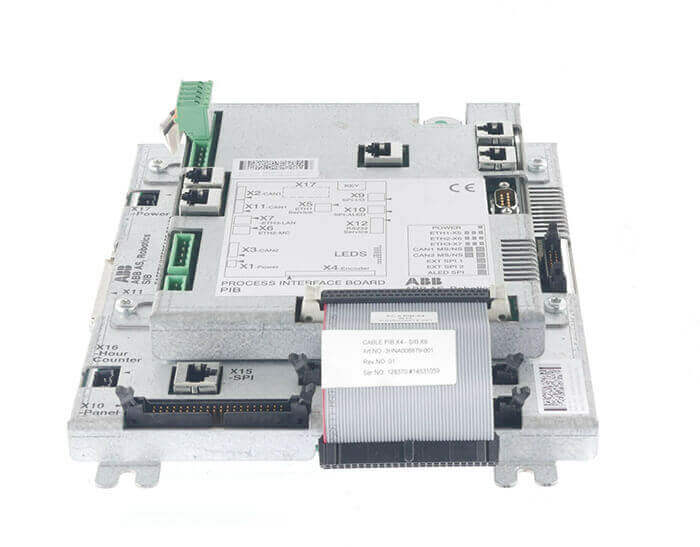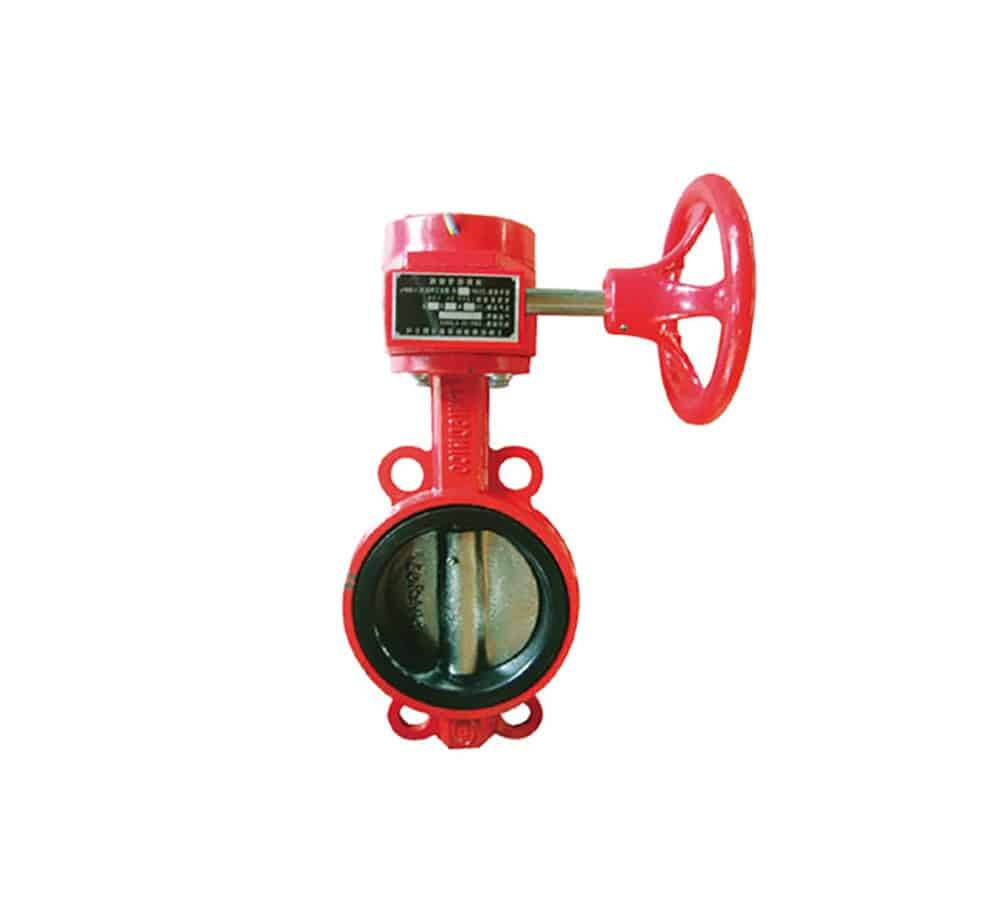Still worried about losing your job?Five new jobs for humans in the robot age
AsiaIndustrial NetNews: Open your arms, take the initiative to embrace and get used to artificial intelligence.Although somerobotIt may take away our jobs, but in the AI service industry, humans need to fill the skills gap of machines. In the future our jobs will be divided into two categories.The first is to achieveautomation, the second is that our work will be more comfortable with automation. While everyone seems to be in high spirits and concerned when it comes to automation and AI that will make human workers redundant, people seem more willing to embrace automation and AI in the workplace. A recent study by the Adecco Group revealed that many employees believe that artificial intelligence will positively impact the workplace of the future, creating countless opportunities to make work more flexible and rewarding. So, if our current jobs are replaced, what will we be able to do? Here are 5 new types of human jobs that will emerge as artificial intelligence continues to develop.
1. Robot Teacher
Robot teachers will be everywhere from classrooms to hospitals, but who will “teach” these Robots the corresponding skills in the future? More importantly, who will teach robots how to impart knowledge that will allow AI to be used on a wider scale? While Robotic automation programming techniques are effective for repeatable tasks, AI is capable of providing unstructured input and output. In this way, “teacher training” will take on a whole new meaning.
2. Artificial Intelligence Lawyers
Lawyers in the UK and Europe are drafting regulations on artificial intelligence to govern the use and creation of robots and artificial intelligence. This includes an “electronic personality” situation that will be used to divide the rights and responsibilities of AI-programmed bots and regulate all their actions. What does this mean? In short, it means that the government is waking up to the fact that AI can cause real harm to people. It also means that robots, as well as their owners and developers, could be prosecuted. Whatever form e-personality-related law takes, we can safely say that there will be a new generation of legal professionals specializing in the field.
3. Robots and Human Taskers
Today, tasking robots and humans is no longer a choice between humans or machines. We have reached the age of human and machine cooperation. Orchestration will be key when it comes to implementing the right tasks or picking the right people. The variable now is how the division of labor is managed. There is already an arrangement concept on the assembly line. For example, we have factories that orchestrate production, with humans and robots working together. Orchestration of service delivery, however, is a completely different issue. Robotic service orchestration (RSO) platforms are already emerging in more advanced shared service centers, and as the need for more collaboration between automation, humans and artificial intelligence grows, so too will the need for experts in this field.
4. Change leaders
There are now 1 million different solutions designed to enable digital transformation quickly and seamlessly. With the fusion of artificial intelligence and big data, data scientists will be able to extract vast amounts of information that is complex and changing every day. Robots don’t make real business decisions, though. Undoubtedly, these questions will be left to a human expert who plays a key role in the key “transformation”. While this is not a new role, transformation leaders now require both cutting-edge skills and experience, including many in automation, streamlining products and processes, and great service.
5. Self-driving car management team
In the next few years, the development of artificial intelligence and the internet of Things will drive a huge transformation in the automotive industry. The vehicles will be synced to a location-based app, which will allow cars in the same area to communicate and share data such as road conditions or speed with each other. In addition, the vehicle can use artificial intelligence to learn routes and rules, and even make system upgrades while on the move. This transition will see widespread adoption of self-driving cars. While the car may be able to navigate itself, humans (in the form of self-driving car managers) will still need to intervene in any unusual situation, especially as the car is in the process of becoming fully autonomous. Of course, there will also need to be humans interacting with more complex passenger and customer needs. Despite all the pessimism that robots will take our jobs over the past year, a significant number of people have found a silver lining in automation and artificial intelligence. While robots will make some jobs obsolete, there is still a huge opportunity for humans and robots to collaborate and create new jobs in the AI industry. It’s time to adapt to change and embrace AI, because you may find robot teachers working together sooner than you think.
The Links: 3HNA004958-001 3BSC610068R1
Pre: With strong alliances, NORD provides ... Next: The surge in service robot market cap...




